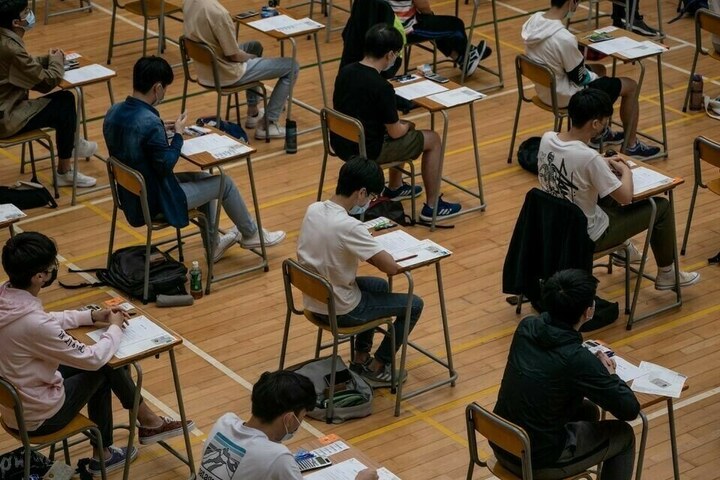By Wajid Islam
Copyright brecorder

The latest economic survey of Pakistan has revealed that the country has 269 universities, a number that has doubled compared to a decade ago, encompassing both private and public institutions.
Being the fifth most populous country in the world, with one of the largest youth populations, more than 60 percent of its population is under the age of 30, and the demand for higher education institutions is quite high.
However, the increase in universities has not translated into the progress of the nation. Every year, these universities produce thousands of graduates who join the army of unemployed people, as highlighted by the Pakistan Institute of Development Economics (PIDE), which states that over 31 percent of educated youth in the country are unemployed.
This situation forces us to evaluate the sustainability of the education system and its modus operandi, because the issue lies not just in quantity but in quality. The majority of the universities in the country are not equipping their graduates with market-relevant skills, leaving them ill-prepared to meet the demands of the modern economy.
Worldwide, universities are the hubs for knowledge creation, growth, innovation and critical thinking. They provide such ideas and innovations that shape the industries and ultimately the economies.
However, in Pakistan, the majority of universities have become places of issuing certificates and degrees. In this modern era of the 21st century, rote learning is encouraged and memorization is rewarded over creativity in the country. In such a situation, very little room is available for research and innovation and many potential talents are wasted.
This raises very serious concerns, such as: Is higher education sustainable in Pakistan? Are universities producing any knowledge, resources or solutions that can support their existence? Regrettably, the answer appears to be in the negative. Financial problems are affecting all public universities.
From Khyber to Karachi every university in the country is struggling, even Quaid-e-Azam University in Islamabad recently got a bailout package of 2 billion to pay the salaries and pensions of its teachers, let alone funding research and running labs.
To cope with such problems, universities in Pakistan have to think out of the box for attaining sustainability. They already possess the best human capital, vast lands and other facilities. These valuable resources can be channeled to achieve revenue generation and break the vicious cycle of fund dependency from the government. Researchers can be incentivized to commercialize their research, and institutes should pursue partnerships with industries.
Universities in Pakistan can learn from the universities of developed countries, which can prove transformative for the better future of higher education in Pakistan.
Globally, universities have transformed themselves into engines of innovation and financial resilience by strategically using their land, resources, and human capital. For instance, the University of Cambridge earns significant income by leasing its vast real estate holdings. Similarly, Cornell University uses its agricultural farms for research and commercial food production.
Likewise, in Asia, the National University of Singapore hosts tech parks and startup incubators on its campus and attracts industry partnerships and significant investment. Similarly, MIT and Stanford earn millions through the commercialization of faculty research, patents, and startup equity. There are a lot of other such examples where universities do not solely rely on public funding to be spoon-fed; rather, they use their intellectual capital and physical space as a leverage for financial independence.
Pakistani universities should follow such models to become independent. Vast lands in premium locations like the public universities located in the federal capital can develop productive ventures, which are aligned with their academic programmes.
Similarly, all the universities can follow similar footsteps to attain sustainability and self-reliance. For instance, animal farms could provide practical experience for veterinary and agricultural sciences while generating revenue.
Pharmacy departments could develop and market new medicines. Engineering faculties can provide human capital and can establish innovation hubs to design products for industry and so on.
By adopting these measures, universities can move away from dependence on dwindling public funds and can also actively contribute to the economy.
A sustainable higher education is not only possible; it is essential. It is the need of the hour that higher education becomes a real beacon for the prosperity of the nation and a guide for the economy. Without a sustainable education system, the universities will produce more graduates without opportunities, and the purpose of higher education will not serve its true cause with a meager allocation of less than 0.2 percent of budget.
Copyright Business Recorder, 2025



